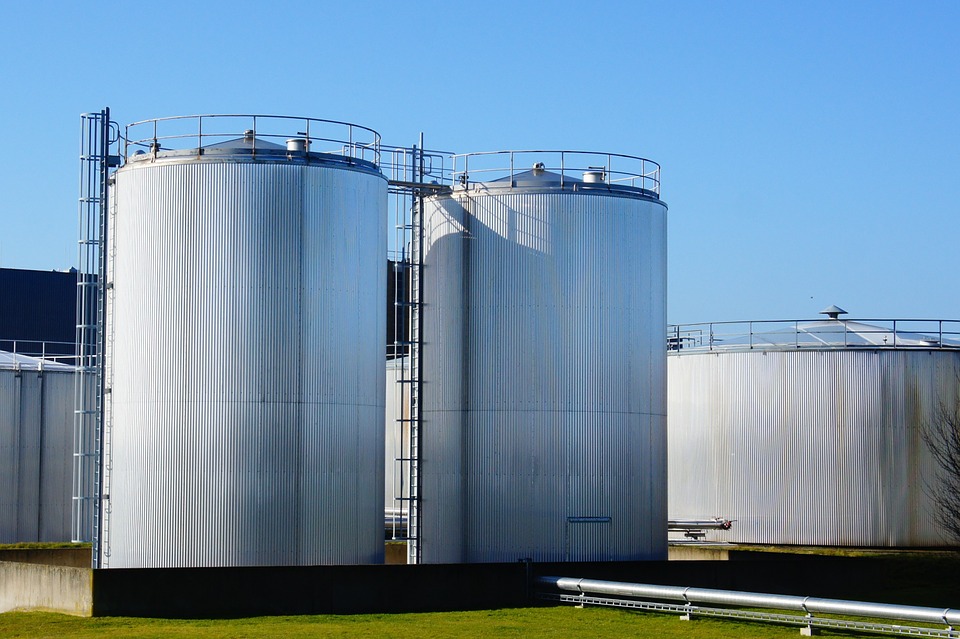
- admin
- January 30, 2024
Notorious Storage Tank Failures and Strategies for Prevention
The adage “history repeats itself” holds true, but there are historical events best left unrelived. Nearly a century ago, the Boston Molasses Disaster became infamous, and its memory continues to cast a shadow on our consciousness today.
The Pivotal Moment
The event unfolded on the relatively mild afternoon of January 15, 1919, in the North End neighborhood of Boston. A colossal storage tank, containing over 2 million gallons (or 8706 tons) of molasses from the Purity Distilling Company, unexpectedly ruptured.
The temperature on that fateful day had risen to approximately 40 degrees Celsius, marking a rapid increase from the freezing temperatures of the preceding day. The tank, situated at 529 Commercial Street and awaiting transportation to the plant, succumbed to disaster.
What had happened
A massive explosion occurred when a tank brimming with molasses burst forth, unleashing torrents of the dense liquid infused with considerable potential energy. The aftermath was devastating, with the explosion causing severe damage to even the adjacent railway girders. Structures in close proximity were forcibly dislodged from their foundations, reduced to debris. Helpless horses found themselves ensnared in the molasses, akin to flies stuck on adhesive paper. The incident resulted in the tragic loss of 21 lives, including several horses, while leaving 150 individuals injured. The low temperature at the time heightened the viscosity of the spilled liquid, exacerbating the harm inflicted on both humans and animals.
It was an unavoidable consequence when local residents decided to file a lawsuit against the company, resulting in a substantial $300,000 compensation for the victims or their families.
Understanding the Necessity
The origin of this incident dates back to the First World War when a storage tank holding a viscous liquid, though utilized merely eight times, succumbed to a catastrophic failure due to its flawed design, leading to widespread devastation.
Contemporary Perspective
Today, the significance of design and construction quality in ensuring the efficiency and safety of storage tanks cannot be overstated. Technological advancements have provided superior design options, promoting the development of safer industrial storage tanks.
The Role of Regular Maintenance
While technological enhancements contribute to better tank performance, ongoing maintenance emerges as a pivotal factor. Corrosion poses a significant threat to metal tanks, and the inevitability of metal oxidation must be acknowledged.
Modern Tank Manufacturing and Maintenance Practices
Internally painting tanks has become a standard practice to combat corrosion, although external surfaces, especially in the case of above-ground tanks, remain exposed to natural elements. Authorities have established stringent norms for storage tank inspections to evaluate their condition and address necessary maintenance.
Visual inspections mandate thorough cleaning to reveal surface conditions clearly, ensuring safety during high-temperature activities such as welding or repairs. Engaging authorized companies for inspections and obtaining relevant documentation about tank conditions is imperative. If you want to dive deep into the world of industrial tanks visit the link here.
Upon receiving inspection reports, promptly undertaking the recommended maintenance tasks becomes crucial to eliminate any potential for failure, averting large-scale disasters.
- avoiding storage tank failures
- storage tank failures
- tank failures
Category
- Above Ground Fuel Tanks
- Above Ground Gas Storage Tank
- Above Ground Storage Tanks
- Above Ground Water Storage Tanks
- Agricultural Tanks
- Chemical storage Tanks
- Diesel Fuel Storage Tanks
- Diesel Storage Tanks
- Exernal FloatingRoof Tanks
- Farm Water Tank
- Fiberglass Oil Tanks
- Fiberglass Septic Tanks
- Fiberglass Underground Fuel Storage Tanks
- Field Erected Tanks
- Floating Roof Tank
- Fuel tank
- Industrial Chemical Storage Tanks
- Industrial Gas Tanks
- Industrial Plastic Tanks
- Industrial Storage Tanks
- Industrial Tank heating pads
- industrial tanks
- Natural gas
- Natural gas vs Propane
- oil storage tank
- Oil Storage Tanks
- Peracitic Acid
- Petroleum Tanks
- Residential gasoline storage tanks
- Residential Water Storage Tanks
- Sodium Hydroxide Storage Requirements
- Sodium Hypochlorite Storage Tanks
- Steel Storage Tanks
- storage tank failure prevention
- Storage Tanks
- Sulfuric Acid Tanks
- Uncategorized
- UnderGround Storage Tanks
- Waste water tank
- Water Storage Tanks

 Tank Size Calculator
Tank Size Calculator






